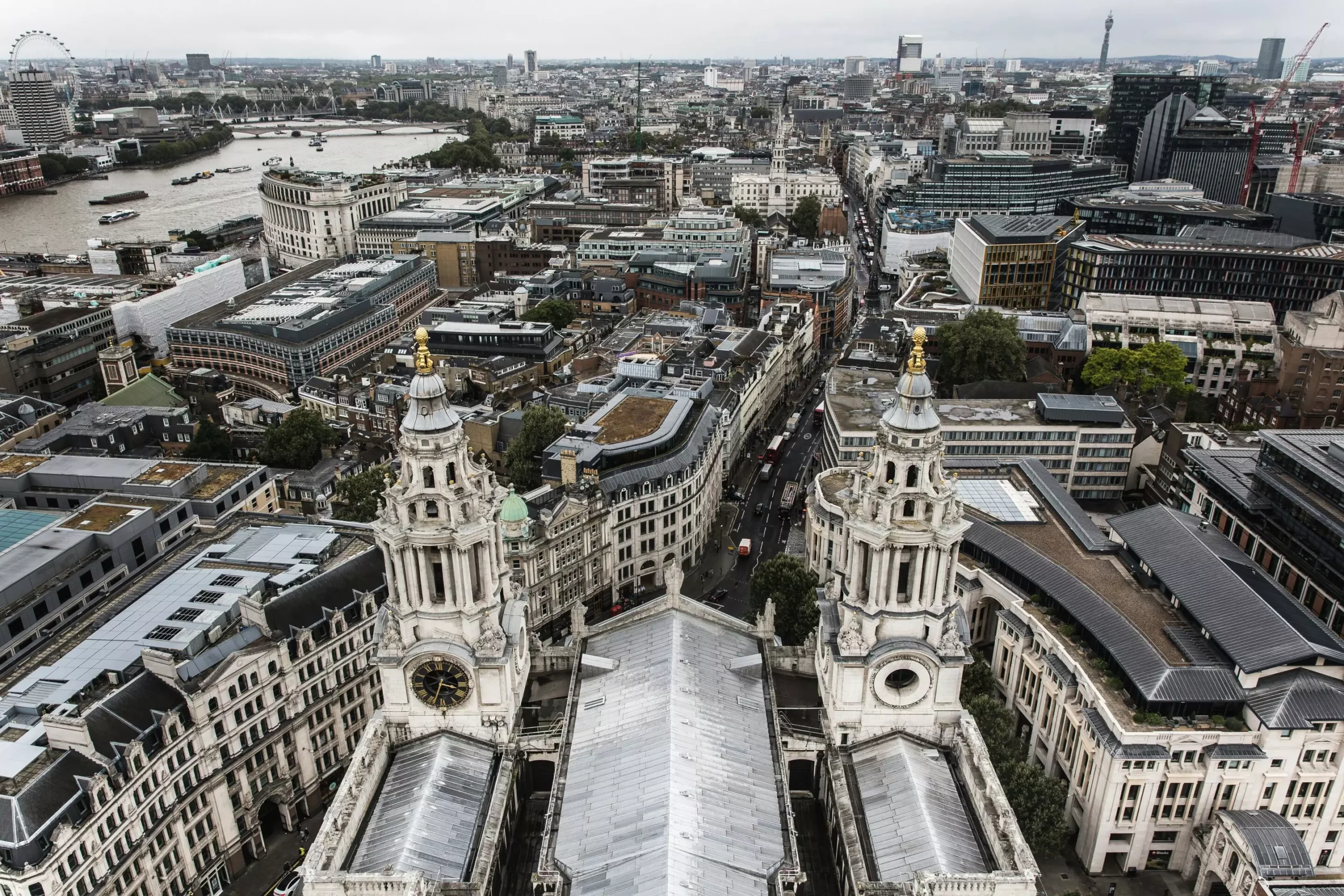Summer temperatures in urban areas are consistently rising, presenting significant public health risks and environmental challenges. In London, the summer of 2018 shattered temperature records, exposing vulnerabilities in urban design. According to research conducted by University College London (UCL) and the University of Exeter, the city’s inhabitants may have avoided numerous heat-related fatalities had practical cooling solutions—like cool roofs—been implemented more widely. This analysis highlights the intricate relationship between urban structures and climate change, urging city planners and policymakers to address these pressing concerns.
At the heart of London’s summer heat crisis is the phenomenon known as the urban heat island effect. Cities, constructed largely from concrete and asphalt, absorb and retain heat far more than rural areas. In 2018, London’s average temperature rose to a staggering 19.2 degrees Celsius, exceeding the historical summer average by 1.6 degrees. This exacerbated conditions led to 786 recorded heat-related deaths. The adoption of cool roofs, painted in lighter colors or with reflective coatings, could potentially mitigate this issue. By reflecting a significant portion of solar radiation, these roofs reduce heat absorption, thereby lowering the overall temperature of urban spaces.
The aforementioned study suggests that widespread application of cool roofs might have prevented approximately 249 heat-related deaths in London during the summer of 2018, accounting for around 32% of all such fatalities in that timeframe. This statistic underscores the life-saving potential embedded in simple design changes. By deploying reflective surfaces across rooftops, London’s ambient temperature could have been reduced by roughly 0.8 degrees Celsius, demonstrating the direct correlation between building materials and public health outcomes.
Furthermore, the investigation also examined the effects of installing rooftop solar panels in conjunction with cool roofs. The researchers estimated that this approach could have offered an additional cooling effect, preventing 96 deaths or 12% of the overall heat-related fatalities. By harnessing renewable energy through photovoltaic solar panels, cities not only address heat retention but also contribute to energy sustainability.
Using advanced 3D computer modeling, the UCL and Exeter researchers simulated temperature scenarios across various urban landscapes, comparing real-time temperature data from the 2018 summer months. The assessment revealed that if London had transitioned to cool roofs, it would have lessened the heat burden on the population, thereby reducing associated healthcare costs substantially. The estimated economic burden reduction amounted to approximately £615 million due to the lives saved by implementing cool roofs.
Additionally, applying more solar panels could have generated an impressive amount of electricity—around 20 terawatt-hours—over the summer, effectively covering over half of London’s total energy consumption for the entire year. The dual benefits of enhancing public health while bolstering energy production illustrate a path that cities could take to ensure significant societal and ecological progress.
The pressing need for cities to adapt to climate change has never been more apparent, especially with predictions indicating that extreme weather patterns will become more common. As 83% of the UK’s population resides in urban areas, the call to action is urgent. Dr. Charles Simpson, the lead author of the study, emphasizes that adopting cool roofs could reshape urban life. This strategy not only tackles temperature management but also enhances the overall quality of life for residents by creating more comfortable living conditions.
Co-author Professor Tim Taylor echoes this sentiment, advocating for systemic changes within city infrastructure to combat excessive heat. The cumulative advantages—including energy generation from solar technologies—make a compelling case for integrating cool roofs and solar panels into urban planning frameworks.
The research illuminating the potential of cool roofs and solar panels in mitigating urban heat effects serves as a vital blueprint for future urban development. By embracing innovative building practices, cities can address immediate health threats posed by excessive summer temperatures while reaping long-term environmental benefits. As cities continue to grapple with the realities of climate change, proactive measures like these will be crucial in shaping resilient urban futures. It is imperative for stakeholders in urban development to recognize and act upon the profound implications that such modifications can bring—saving lives, fostering sustainability, and ensuring the well-being of future generations.


Leave a Reply